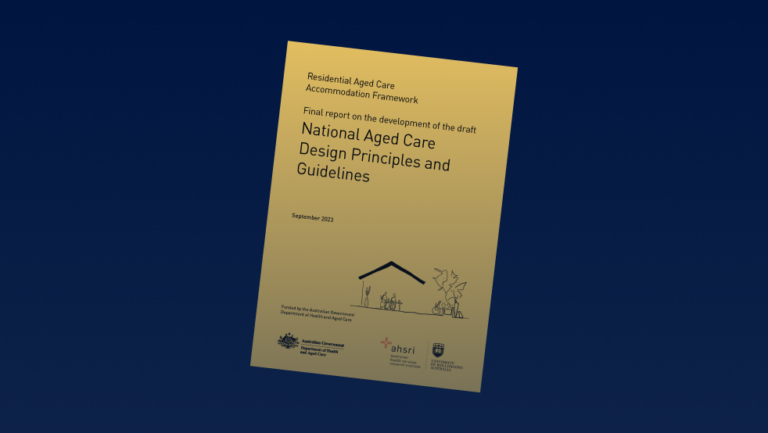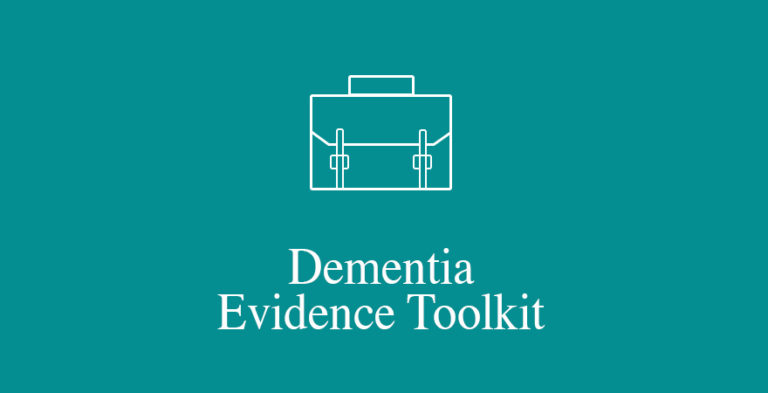Bedtime to Breakfast: caring at night for people with dementia
“These are important strategies to have, because we know people with dementia can spend up to 40 per cent of their bedtime hours awake.” Other DTA e-learning courses on offer in February are: Bedtime to Breakfast was developed in partnership with Life Care. DTA courses are short, mobile-friendly, and cost...

Dementia Training Australia is offering a new online course for shift workers who care at night for people with dementia.
Enrolments are now open for the course, Bedtime to Breakfast, which explores:
- Interesting facts about sleep, including differences in sleep needs and preferences
- Sleep and night time experiences for people with dementia in residential aged care
- Health and wellbeing, including self-care tips, for people who care at night for people with dementia, especially those who do shift work in residential care settings.
The course aims to help night carers provide ‘salutogenic’, person-centred care. Course developer and DTA Knowledge Translation Manager Belinda Goodenough said: “A salutogenic approach is one that focuses on health and wellbeing.
“In a night care context, this may mean planning ahead to ensure things like safe lighting, reduced noise and soothing activities, as well as respecting individual sleep preferences.
“These are important strategies to have, because we know people with dementia can spend up to 40 per cent of their bedtime hours awake.” Other DTA e-learning courses on offer in February are:
- The View from Here, a program to encourage health professionals to understand the acute care experience from the viewpoint of a person living with dementia
- Management of Antipsychotic Medications in Residential Aged Care Facilities, a practical guide to the introduction, management and withdrawal of antipsychotic medication use for responsive behaviours, when all other non-drug strategies have been unsuccessful
- Community Care and Dementia: Understanding the Condition and Community Care and Dementia: Responsive Behaviours, two courses aimed at promoting knowledge and understanding of dementia among the community and home care workforce
- Caring for LGBTI People with Dementia, a course to help dementia care workers and organisations provide inclusive care and services.
Bedtime to Breakfast was developed in partnership with Life Care. DTA courses are short, mobile-friendly, and cost free to the learner. For more information, visit dta.com.au

